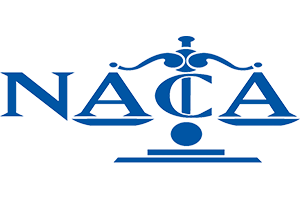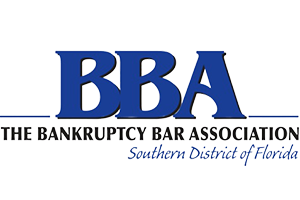60 percent of bankruptcies are filed due to medical debt
On behalf of Bankruptcy Law Firm of Clare Casas on Thursday, July 31, 2014.
The majority of personal bankruptcies filed are due to medical debt consumers cannot pay. NerdWallet Health found that approximately 60 percent of personal bankruptcies filed across the United States, including Florida, were attributed to medical debt, while researchers from Harvard corroborate the findings. According to the researchers, the consumers filing for bankruptcy due to outstanding medical bills are middle-class educated homeowners.
Medical debt is different from other debt, because a consumer does not make a conscious decision to get into this debt, like when you go out to buy something on a credit card. Illness comes suddenly and can be accompanied by huge medical bills. Medical insurance does provide a certain amount of protection, but researchers found that 75 percent of the consumers with medical debt also had medical insurance.
Just like any other debt, outstanding medical bills can negatively influence a person’s credit score. When someone becomes seriously ill, he or she is assisted in dealing with the illness, both physically and mentally, but many don’t consider the financial worries with which their family may have to deal. The financial worries and the stress often remain long after the person has recovered from the illness. Fortunately, there are ways consumers can protect themselves against being unfairly penalized due to outstanding medical debt.
Consumers in Florida should be wary of paying medical debt with credit cards, even the ones issued for health care. Many of these health care credit cards charge higher interest as well as fees. A better option may be to discuss the matter with one’s health care provider. Health care providers sometimes offer programs that provide financial assistance and may assist consumers in working out a suitable payment plan. However, when all other avenues are closed, consumers have the option to consider the solution offered by filing for bankruptcy protection, whether through a Chapter 7 liquidation or a Chapter 13 reorganization of debts.
Source: latimes.com, “How to escape the medical care debt trap“, Steve Trumble, July 22, 2014







